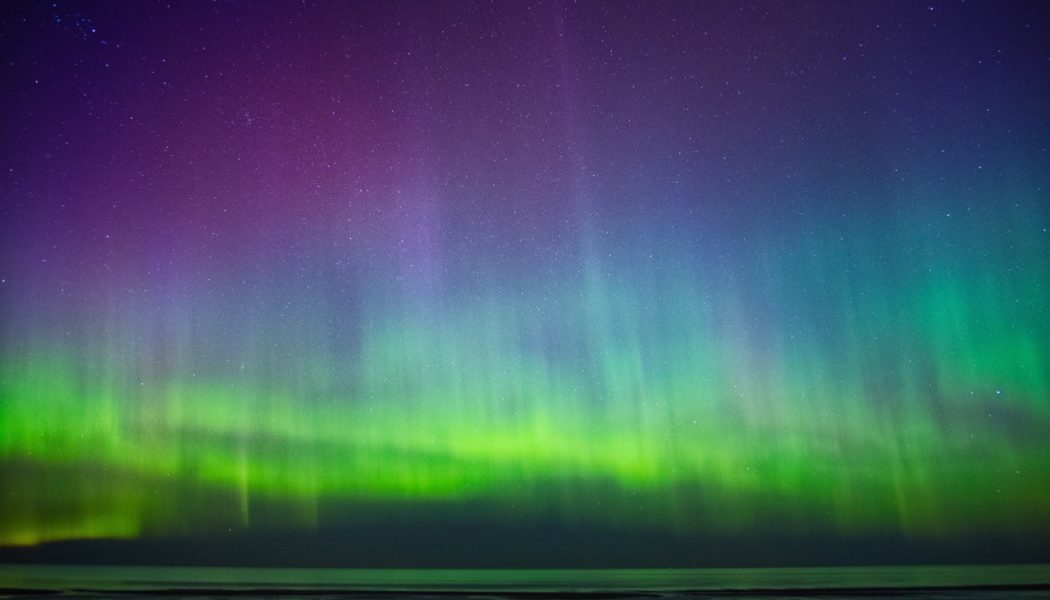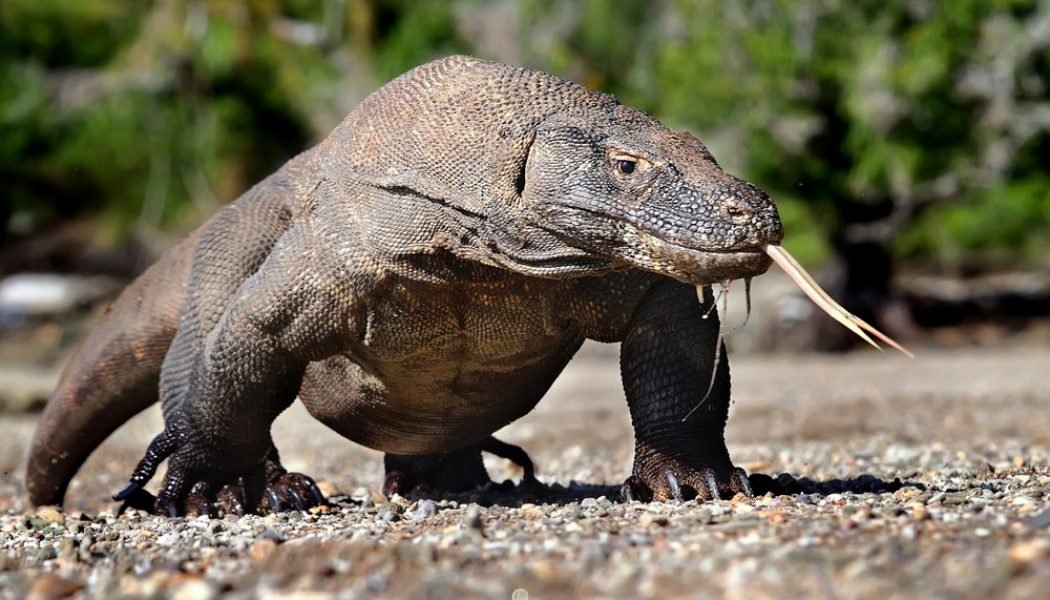Venezuela
13 stunning natural phenomena
From the famous northern lights to the lesser known sea of stars, we share elusive natural phenomena from across the globe As Doug Hurley and Bob Behnken made history this week as the first astronauts to launch to orbit on a private spaceship, the world took pause to watch. Given the turmoil of our times, one observer quipped, ‘Congratulations to the Astronauts that left Earth today. Good choice.’ The off-the-cuff comment was amusing, but also surprisingly poignant for it reminded us of the damage being wreaked by humans – not only on each other but the planet itself. Seeing the curvature of the Earth reminded us of the extraordinary natural phenomena that exist right here at home. Below, we share the best of them. 1. Aurora Borealis The Aurora Borealis, more commonly known as the northern...
17 megadiverse countries of the world
We profile the world’s megadiverse countries, from obvious contenders like Ecuador and Brazil to one or two surprise entries It should be comforting to know that a mere 17 countries hold more than 70% of the world’s species. It should be easy to rally this small group of ‘megadiverse countries’ to protect the planet’s extraordinary biodiversity. Alas, some of these countries are also the world’s biggest consumers and polluters. In July 2000, the UN’s World Conservation Monitoring Centre recognised 17 megadiverse countries which hold the majority of Earth’s species and high numbers of endemic species (i.e. those unique to an area or country). To be termed megadiverse, a country must have at least 5,000 of the world’s plants as endemics and have marine ecosystems within its borde...







